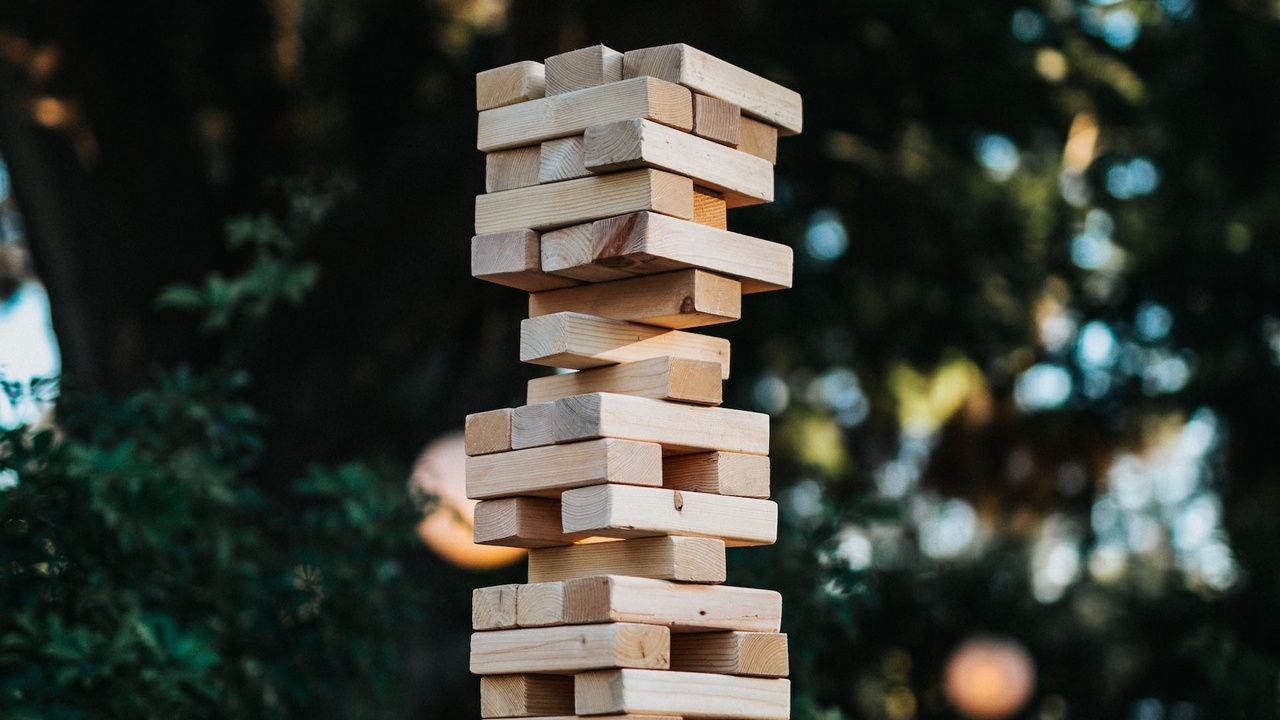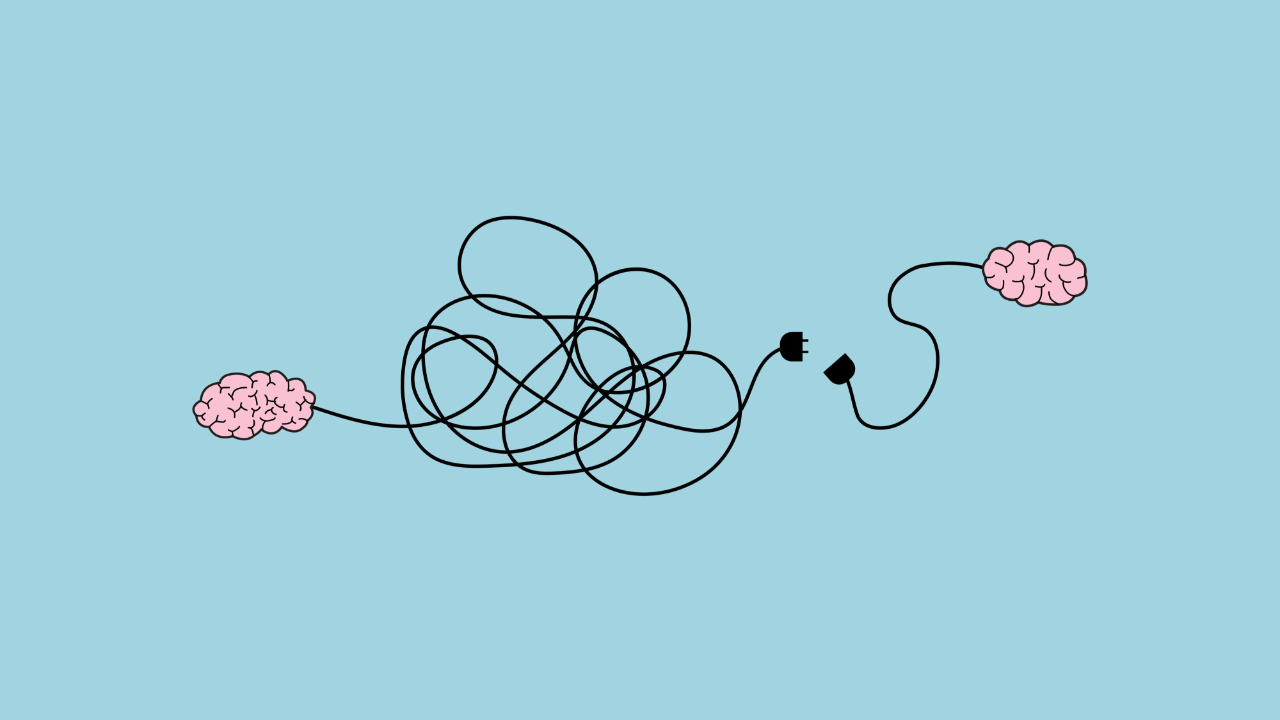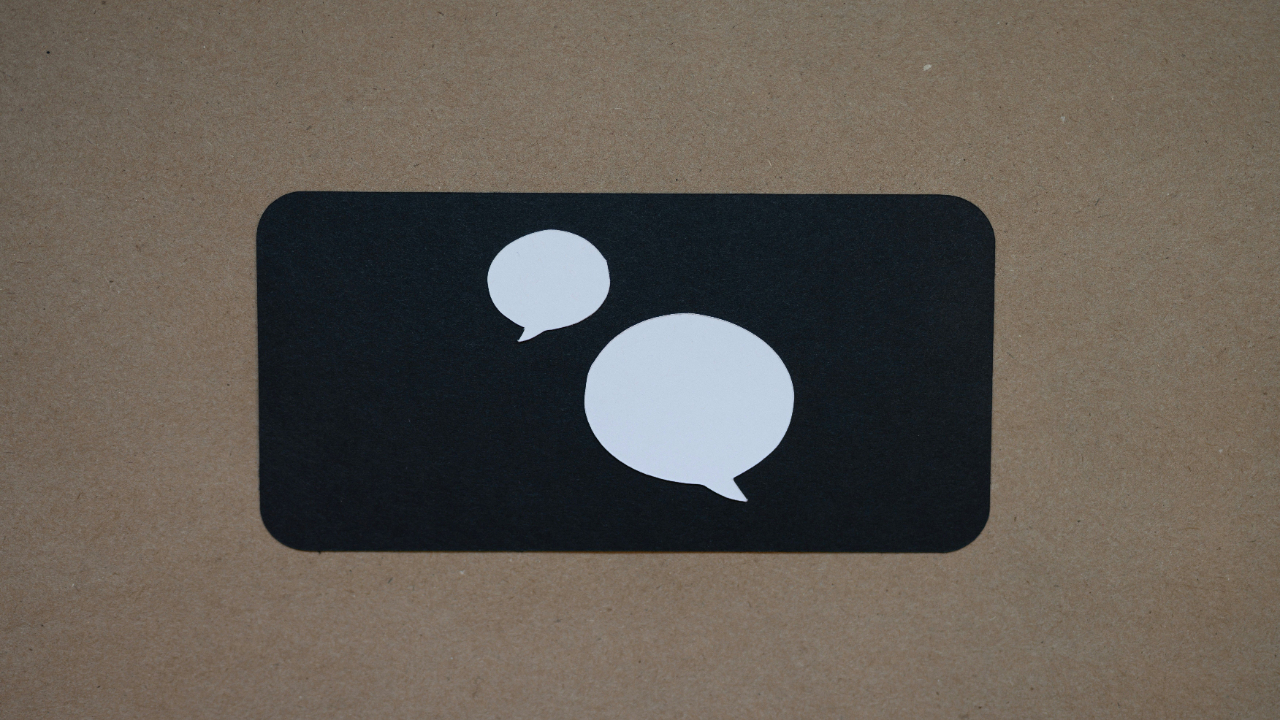Why Team Rituals Matter (and Five Ways to Build Them for Your Team)

By: Josh
Lunch typically remains an open and individual activity for most of us. We generally have the freedom to use it how we choose – sit alone to scroll on our phone or read, go out with colleagues, stop by home if you live close enough, or (as I’m sure many of us end up doing) simply keep working.
That was the case for a team I led years ago except for one exception, the first Wednesday of the month.
That Wednesday is reserved for our “Best of the Bulldogs” lunch, where we all gathered for family style lunch in a secluded room at our dining facility. The team broke bread together and we hosted our monthly “best of the Bulldogs” recognition ceremony, where teammates publicly celebrated one another for specific instances of living our team values and going above-and-beyond to help a someone out.
Why did we do that? Because that was simply what Bulldogs (the mascot for our team) did. We cared about one another, and so we dedicated time together and celebrated one another. It was important to us, an identity-defining activity.
Understanding Team Rituals
Team rituals are an important component to building and maintaining a thoughtful team culture. They are critical team artifacts that signal what’s important and how we do business to stakeholders, both internal and external to the team.
Rituals can be any sort of defined collective team activity, on agenda item within a meeting (such as a check-in exercise), or regularly occurring event.
In addition to my personal example above, I offer a few other resonating team ritual examples that I’ve experienced or read about:
- Coronitas at Next Jump: At the end of every Friday, the company gathers in a common space to end the week with thanks. Employees are encouraged to stand in front of the group and share something exceptional that someone on the team did to help someone else out. The nominating person then gives their nominee a Coronita (mini-Corona bottle). Why Coronitas? Well, because... It’s not about the Coronita; that simply serves as a physical representation of the thanks. Employees often display their mini-bottles on their desk with pride.
- “Whoops the Monkey,” from Kim Scott in Radical Candor: The team awards someone with a stuffed animal monkey and whale at every all-hands meeting. People are invited to nominate each other to win the “killer whale” for the week, sharing about something extraordinary that person did. The previous week’s winner decides who wins from the nominees for the current week. Then, people nominate themselves for “Whoops the Monkey,” where they can stand up, share about something they screwed up, tell the story, get automatic forgiveness, and help prevent others from making the same mistake.
- Meeting check-in from Keith Ferrazzi in Competing in the New World of Work: In his book, Ferrazzi argues that leaders should open meetings with relationship and empathy. One way he offers to do that is through a simple “sweet and sour” exercise, where leaders open the meeting by asking everyone to share something sweet and something sour in their lives. Meeting check-ins don’t have to be grand or complex; simple methods like this can send signals of safety and belonging.
- One-on-One Meetings from Mark Horstman in The Effective Manager: Routine working events already in place can even become rituals, like Horstman’s model for a one-on-one meeting. He encourages a 30-minute weekly scheduled meeting between a leader and their direct reports (one meeting per direct report). The 30 minutes are broken into 10-minute segments, with the agenda order flowing first from the direct report’s talking points (what they want to discuss and work through), then to your topics as the leader. Finally, the last 10-minutes are reserved for coaching, feedback, or career development conversations. Those last 10-minutes can become a ritual within the team, signaling that we always make time for developmental conversation.
Why Rituals Matter
Building and maintaining team rituals such as these seem like a lot of work. And they very well can be, especially to start up. But rituals are critical to support team effectiveness, cohesion, resiliency, and a productive and supportive climate. Well designed and executed team rituals can enable several crucial team dynamics:
- Signal value: Activities like celebrating teammates and conducting routine check-ins are ways to signal that the team values their people and their contributions.
- Create safety and belonging: Rituals encourage members to be themselves, to be open and honest, and to feel safe to do so. These can be tangible signals to help individuals know that it’s okay to not be okay sometimes, and anyone can always reach out for support.
- Cultivate connection: Intentional rituals generate cohesion and relational intimacy between individuals as well as across the whole team.
- Build engagement: Ritual events help members consistently feel heard, seen, and respected.
- Establish continuity, predictability, and resilience: When crisis hits, and the team becomes derailed or overwhelmed, rituals are a great way to keep the team grounded. They can serve as short reprieves from the taxing work when responding to crisis.
Considerations in Building Rituals
So, where do we start when trying to build our team up through rituals? There clearly is a degree of unique creativity and organizational context that applies; not all rituals will succeed in all organizations. However, there are a few helpful universal ideas to consider.
First, know there is no “right” ritual. Just because we saw or experienced a ritual that looked a certain way in the past doesn’t mean it has to occur that specific way now that you’re leading a different team. There’s a ton of great ideas and options. We are free to adopt existing one, adapt them to a new environment, or even create brand new ones out of nothing.
Second, ensure there is intention and purpose behind the rituals you create. They shouldn’t be aimless activities that waste people’s time and add no value to the team. Referencing the ritual examples above, you can easily see the underlying purpose behind them, such as normalizing gratitude, building a supportive culture, making time for connection or development, and helping to make mistakes okay.
Third, creating rituals should be authentic and feel like a team cultural excavation, not a random reach for the stars. Build rituals off the existing team identities, values, and goals. Looking back at my team’s monthly lunches or Next Jump’s weekly Coronitas, both teams already valued and cared for their people. They simply operationalized that value into a tangible activity. The activity might be novel, but the purpose is not.
Fourth, be deliberate about how you set up the ritual and introduce it to the team. Even though you’re aiming to add value to the team, introducing a new activity can be seen as change. And change can be hard for many. So, ensure you communicate the purpose behind the ritual, the plan to start it, and get people comfortable with the idea. Bring a lot of energy to it, too.
Finally, as the leader of the team, you need to champion the ritual. Own it, be excited about it, and make it important through your words and actions. A few years ago, I managed a small team that worked within a very asynchronous schedule. It was hard to get everyone in a room together regularly, especially for events that were not required for our jobs (like leader development opportunities). So, I tried to run a virtual asynchronous chat board on MS Teams where we could all dialog about developmental topics in our own available time. I offered a “question of the week” as well as shared recommended resources. The ritual fell flat after a few weeks because I never talked about or reinforced the ritual when I engaged with the team throughout the week. I didn’t prioritize it. As a result, no one committed to it. Ensure you become the champion for the ritual. If it’s important to you, it will become important to others. Make it a big deal.
Closing
Rituals can be fun and goofy. They can be serious. They can be challenging. And they can be celebratory. Ultimately, they can be whatever you want and need them to be. But we must be deliberate in how we design them, introduce them, and carry them out over time.
If not emphasized and maintained by leaders, rituals can fall by the wayside, seen as just another “good idea fairy” from leaders that did not positively impact the team.
Build rituals that have purpose, impact, and create connection. Your team will be better and closer because of them. And stick with them so that when your team looks back, all they can remember is, “This is how we’ve always done it. This is who we are. This makes us better.”





